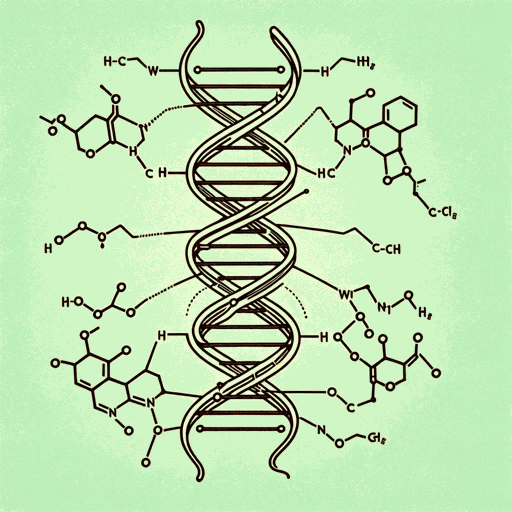96 pages • 3 hours read
Walter IsaacsonThe Code Breaker: Jennifer Doudna, Gene Editing, and the Future of the Human Race
Nonfiction | Biography | Adult | Published in 2021A modern alternative to SparkNotes and CliffsNotes, SuperSummary offers high-quality Study Guides with detailed chapter summaries and analysis of major themes, characters, and more.
Chapters 13-15Chapter Summaries & Analyses
Chapter 13 Summary: “Genentech”
In 2008, despite the excitement CRISPR was generating, 44-year-old Doudna was growing tired of basic science. Though CRISPR had the potential to be a gene-editing tool, Doudna wanted to do work that showed immediate results. She briefly considered going to medical or business school before a chance meeting with a former colleague who had joined the San Francisco biotech powerhouse Genentech.
Genentech was conceived in 1972 when Stanford medical professor Stanley Cohen and biochemist Herbert Boyer of the University of California, San Francisco, began working on recombinant technology, which combines DNA from different organisms. Cohen and Boyer combined DNA fragments of different organisms and cloned millions of them, giving rise to the field of biotechnology. They managed to patent recombinant DNA technology, even though Stanford’s Paul Berg, the discoverer of the technology, thought the patent unfair and “dubious.” (For his work on recombinant DNA, Berg received the Nobel Prize for Chemistry in 1980.)
One of Genentech’s earliest successes was making synthetic insulin, an achievements that changed the lives of diabetics—and farm animals—around the world. Prior to this, 1 pound of insulin required 8,000 pounds of pancreatic glands ripped from thousands of pigs and cows. By the time Genentech started wooing Doudna in 2008, the company was worth $100 billion.
Related Titles
By Walter Isaacson





